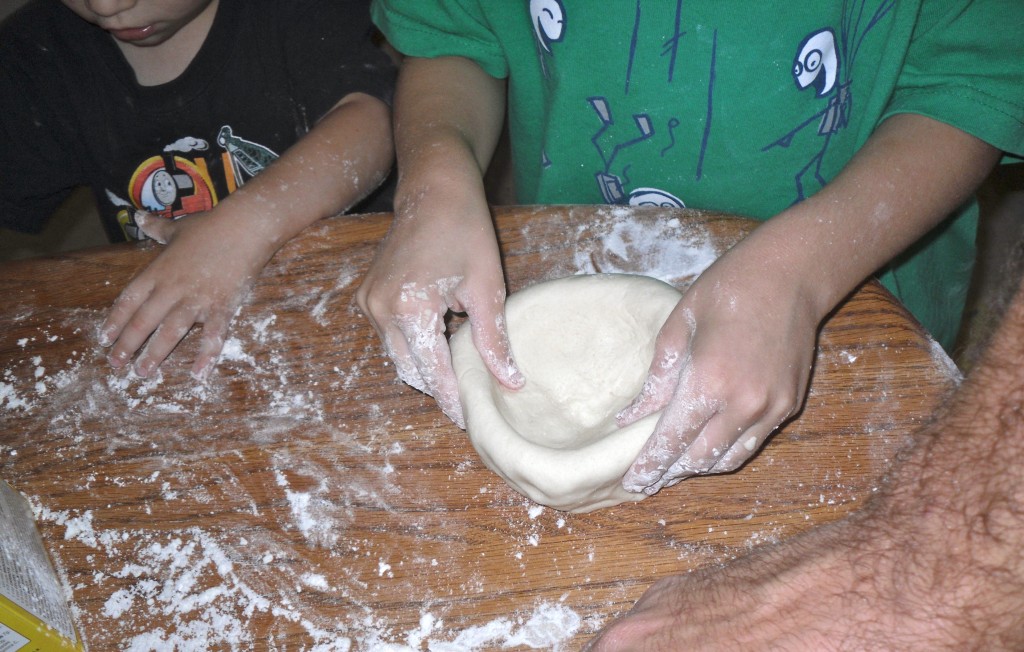Homeschooling special needs kids can definitely be challenging, but it is also very rewarding. We are able to tailor to the needs of our children as well as acknowledging their special needs. Therapy and education often go hand in hand because many special needs children learn differently or may have specific disabilities or delays that directly affect their education. Combing therapy and homeschooling is a great way to maximize your time!
If your child or children are already receiving therapy the first thing I suggest is talking with their therapist(s). Go over their goals and ask for tips on things you can do at home. I do this all the time! Our children’s therapists have not only been extremely helpful with ideas, but they appreciate when parents are involved with their children’s therapy! Generally, therapy needs to be consistent and ongoing and not just something done a few times a week.
Then, take those goals and make a plan. If your child doesn’t receive outside therapy you would create the goals yourself and make your plan. Depending on how far in advance you like to make plans will determine your next step. I usually do ours at the end of Friday or on Saturday for the entire week to follow. You could also make your plan to cover the whole month. I wouldn’t suggest longer than that to start because things can be unpredictable and needs may change. Overall goals generally stay the same until they are met, but a plan of action to help reach those goals can definitely need flexibility.

Although everyone’s plan of action will vary based on the special needs of their children I wanted to share a few ideas from our personal plans. It isn’t very difficult to combine therapy and homeschooling as these examples will show.
Goal: Improve fine motor skills including holding utensils correctly and with the correct amount of force and exertion.
Plan: Each day utilize a pencil grip during 50% of the written work. Use encouraging verbal reminders during the other 50% of written work. On Tuesday and Thursday when they write a short paragraph use the 2-inch binder with the paper attached to raise awareness of pressure being placed while writing.
Goal: Increase sensory tolerance.
Plan: Play classical music (or any soft music without words) in the background during school time. During Art use mixed media to increase exposure to different textures while using verbal encouragement. Practice breathing techniques when frustration is present and in between classes for practice.
Those are a couple of examples from our plan. So you can see how you can look at your lesson plans for the week and find best where to combine therapy and homeschooling.
I also encourage you to use education in their therapy! For example, all three of our children benefit from brushing (a sensory technique). We use this opportunity to sing and count. So always be on the lookout for educational opportunities outside of schooling as well!
Like with anything take cues from your child or children. I know how days can vary. If they are having a hard day and you feel like you’ll be lucky just to make it through the school day then don’t be hard on yourself if you weren’t able to fit therapy into their lessons that day. The real joy of homeschooling our special needs children is that we can afford that flexibility and really maximize the good days!
 Emilee is a military spouse and homeschooling mom of three special needs children. She shares her homeschooling journey at Pea of Sweetness as well as parenting special needs children, Eco-friendly living, product reviews, and more.
Emilee is a military spouse and homeschooling mom of three special needs children. She shares her homeschooling journey at Pea of Sweetness as well as parenting special needs children, Eco-friendly living, product reviews, and more.


Great ideas. Adding some work on gross motor skill will also help children with special needs. Spending 20-30 minutes 2-3 times per week working on balance, hopping, skipping, jumping, running, etc will help motor skill development and overall health. These activities can be done in a fun way. We call it “playing” so the children do not even realize they are doing therapy. They can also do it with their brothers and sisters. Everyone has fun together.